#study after Velázquez’s Portrait of Pope Innocent X
Text

STUDY AFTER VELÁZQUEZ’S PORTRAIT OF POPE INNOCENT X (1953)by FRANCIS BACON
Inspired by DIEGO VELAZQUEZ’S "PORTRAIT OF INNOCENT X," FRANCIS BACON expressed his atheistic point of view by reinterpreting elements of the original painting to create his own version. Although BACON claims that this painting was simply a “excuse” to experiment with different colours, there has to be a deeper meaning behind creating such an intimidating piece.
The dark colours are the main focal point of this painting, along with the menacing face of the Pope in the painting. Although BACON did not explicitly state his reasons for creating this work, it can be inferred that his atheism is what motivated him.
Through the demonized face of the so-called “Pope”, we can see that BACON was challenging some of the tenets of religion. While most of BACON'S work consists of darker colors, the use of gold can be interpreted as an emphasis on something else.The color palette, being mainly black, purple, and white, is used to emphasize a negative theme.
The expression on the Pope's face suggests that he is going to cry out in pain. Using the Pope's face, BACON may be suggesting that the Pope is an example of corruption caused by the very existence of God, based on how the Pope is portrayed as inhumane.
In addition to the Pope's demon form, BACON places the Pope's body atop a golden chair. Gold is often associated with sanctity and truth. BACON may be suggesting that a world without GOD is the true reality of the world, and instead of worshipping GOD, worshipping truth is more important
#study after Velázquez’s Portrait of Pope Innocent X#Francis Bacon#diego velazquez#expressionism#expressionism artist
4 notes
·
View notes
Text
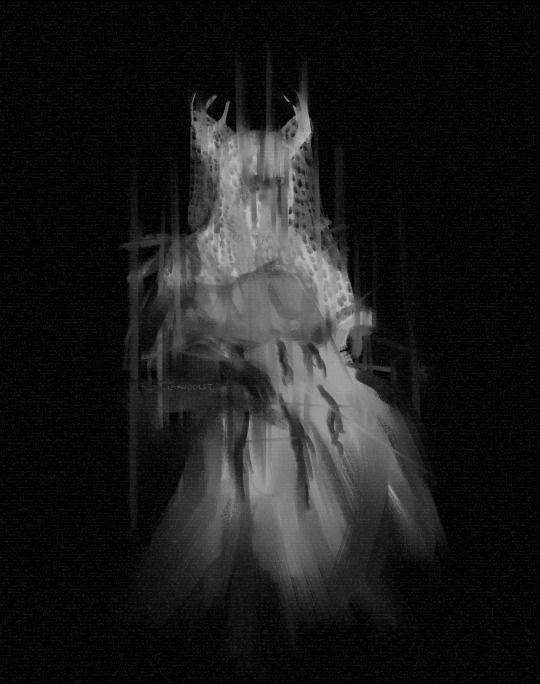
does a hunt that has no violence feed anyone?
#trying something hehe#based on francis bacon's Study after Velázquez's Portrait of Pope Innocent X#i think we as a fandom do not have enough spooky antler queen art#yellowjackets#yellowjackets fanart#antler queen#digital art
569 notes
·
View notes
Note
love what youre doing here, this is an inspired axis upon which to critique art
i Must know your thoughts on francis' bacon's 1953 "study after velázquez's portrait of pope innocent x." ive always found it a fascinating piece, and im pretty sure it draws a lot of inspiration from goya's black-painting-era work.

So, for a quick reference, this is the painting this is a study of:
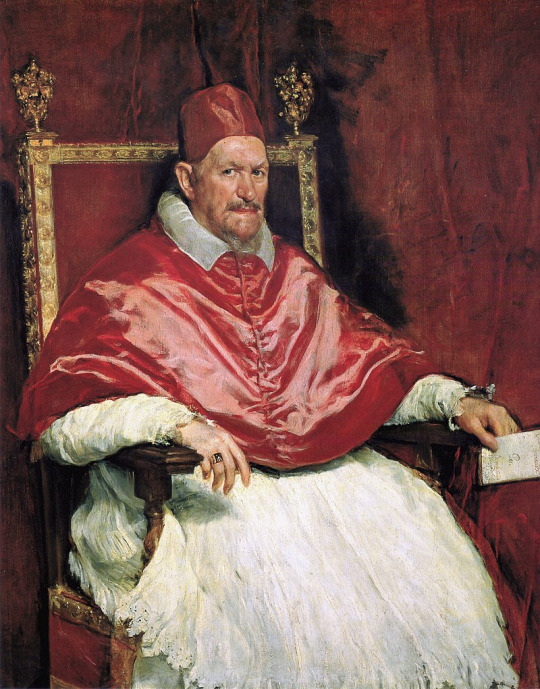
Bacon had a period where he liked to do studies like this of classic works.
This one depicts Pope Innocent X as a rotting figure in a a chair that almost seems to glow. Is this rotting figure screaming or has it simply rotted so much that it's mouth has fallen open?
To me this painting very much feels like an inversion of the original. The delicate lace and warm colors present in the first are replaced with the loosely painted details and cool colors of the second. Instead of being a painting of a calm man who speaks for God, it is the painting of a corpse assailed by holy light, seemingly in agony from it.
Personally, I like to read some divine agony into the painting. There is something divine occurring to Innocent, or maybe even around him with no regard for him, and it is agonizing, if it has not killed him already.
I think the hatred the Christian God can impose on his creations is something I find kind of erotic. There's this immense power from above that you can never understand, only hope that it loves you as you're told it does. It does not speak to you, it is detached and cold. And yet you know it's wrath is absolute, that it could kill you all in a moment. There's something, in my outsider view, that enjoys that in a way. Total helplessness and complete power, with no chance to break out of the system.
Generally, I also think my view of the Christian God skews very Eldritch, which is sexy, so...
Also, I'll be up front, holy vestments get me going.
Rot is also really sexy. The degradation of the familiar as it returns to what it came from to feed the earth around it, that's hot.
Overall, for me, this one is a 9/10. Another pretty solid one from Francis Bacon! Also, feel free to share your interpretations in the replies, I do love to hear people's thoughts, even just on the painting itself, devoid of eroticism.
68 notes
·
View notes
Text
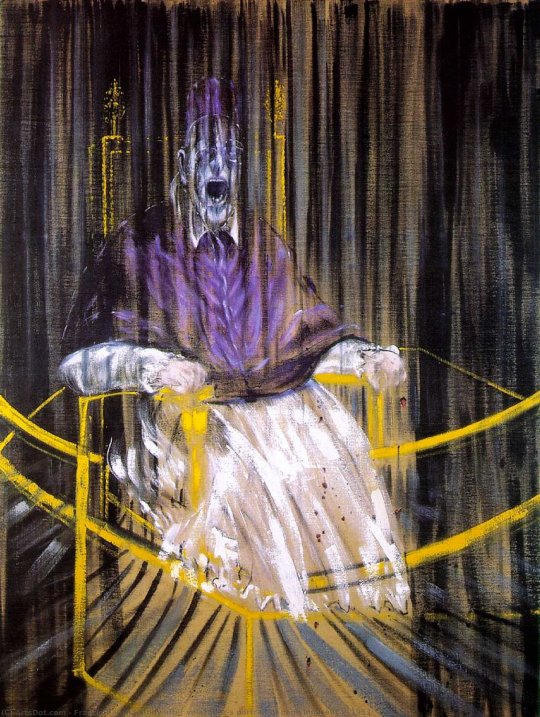
4 notes
·
View notes
Text

Carry around some art on your jacket or bag with Bacon!
( Strixes' Sabre )
#francis bacon#screaming pope#surrealist art#surrealism#painter#Expressionism#Study after Velázquez's Portrait of Pope Innocent X#figure with meat#painting 1946#three studies of figures#seated figure
2 notes
·
View notes
Text
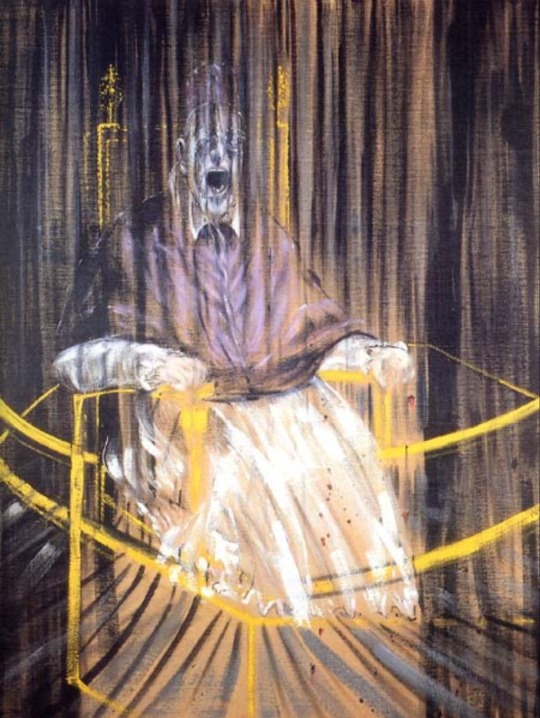
Study after Velázquez's Portrait of Pope Innocent X ○ Francis Bacon ○ 1953
#Study after Velázquez's Portrait of Pope Innocent X#francis bacon#pope#pope innocent#pope innocent x#art#artists#artist#1950s
7 notes
·
View notes
Text


Study after Velázquez's Portrait of Pope Innocent X by Francis Bacon / Pie Fight with PiesX12s by suitandpie
415 notes
·
View notes
Text

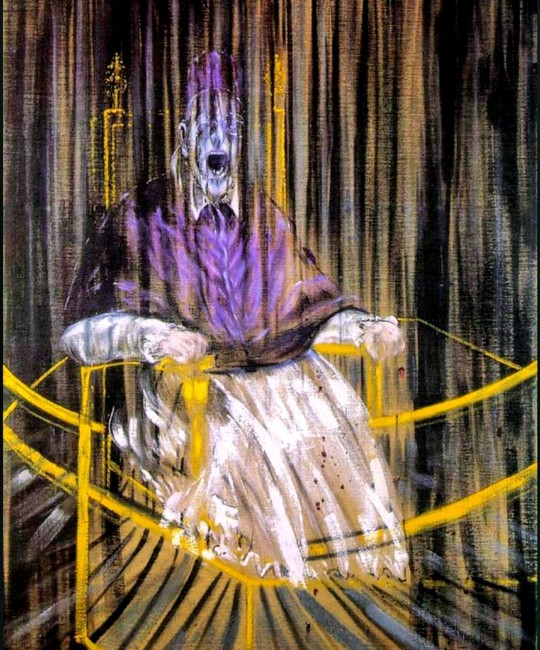
• Portrait of Innocent X (1650) by Diego Velázquez.
• Study after Velázquez's Portrait of Pope Innocent X (1953) by Francis Bacon.
#art history#culture#surreal#art#1950s#diego velazquez#portrait#francis bacon#17th century#dark#macabre#expressionism#1600s#oil painting#20th century#spain#history#oil on canvas#artwork#psychology#⚡
2K notes
·
View notes
Text
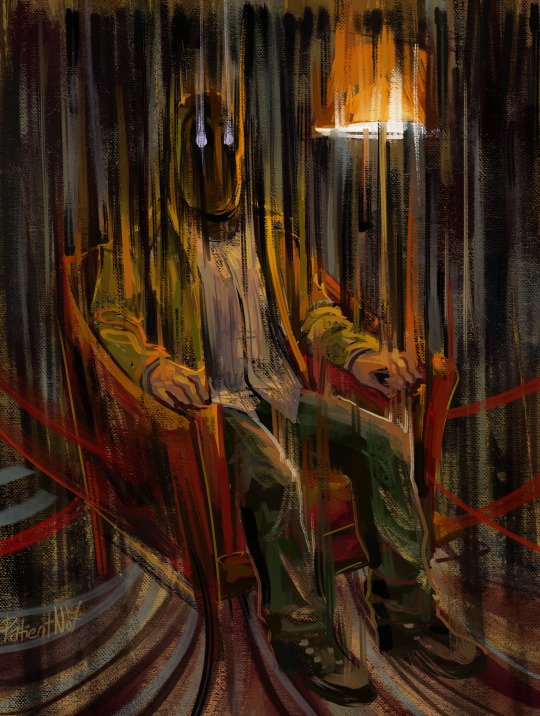
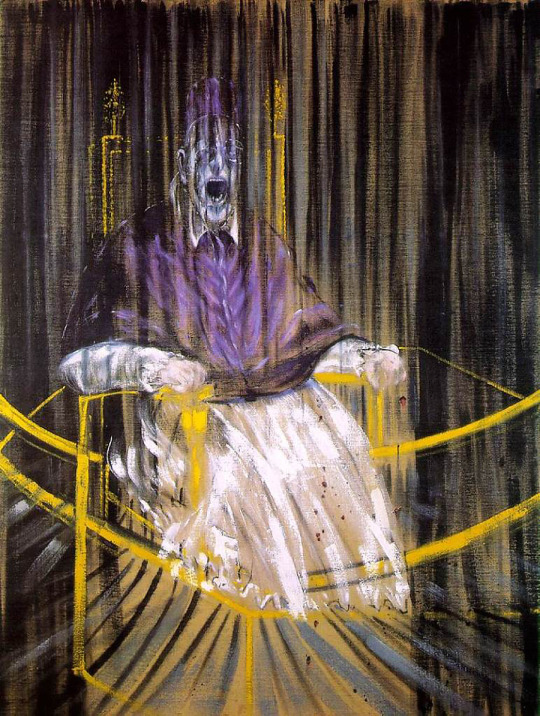
Clickolding (game by Strange Scaffold) // Francis Bacon's Study after Velázquez's Portrait of Pope Innocent X (1953)
#i can do aynthing i want forever#ooo you wanna play Clickolding so bad oooo#clickolding#strange scaffold#francis bacon
309 notes
·
View notes
Text
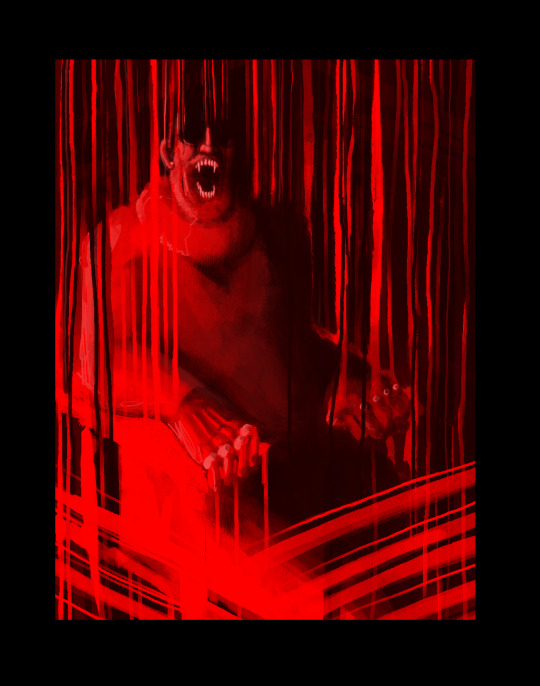
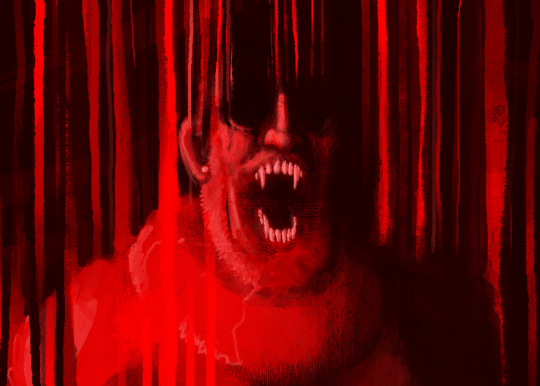
vellioth the martinet from my take on him in DE RERUM NATURA, based on francis bacon's Study after Velázquez's Portrait of Pope Innocent X, inspired by @ittybittysword's vellioth fanart based on the original Portrait of Innocent X by diego velázquez
WHEW thats a mouthful!!!!
338 notes
·
View notes
Text


Emporer of Nothing
Based off of "Study after Velázquez's Portrait of Pope Innocent X "by Francis Bacon
100 notes
·
View notes
Text
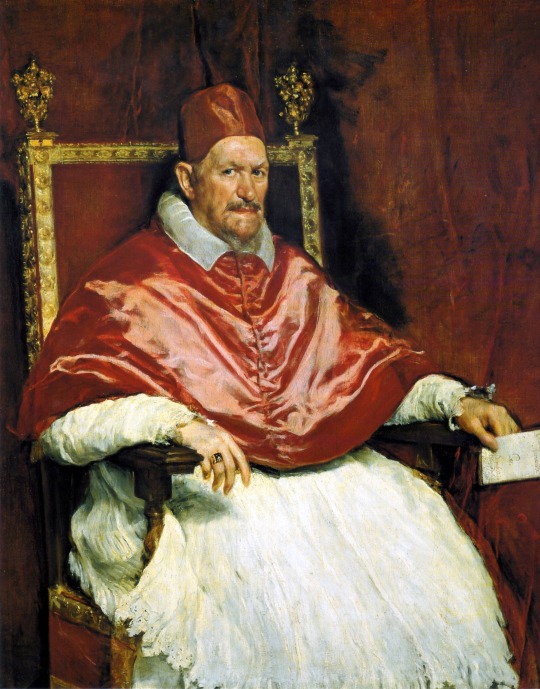
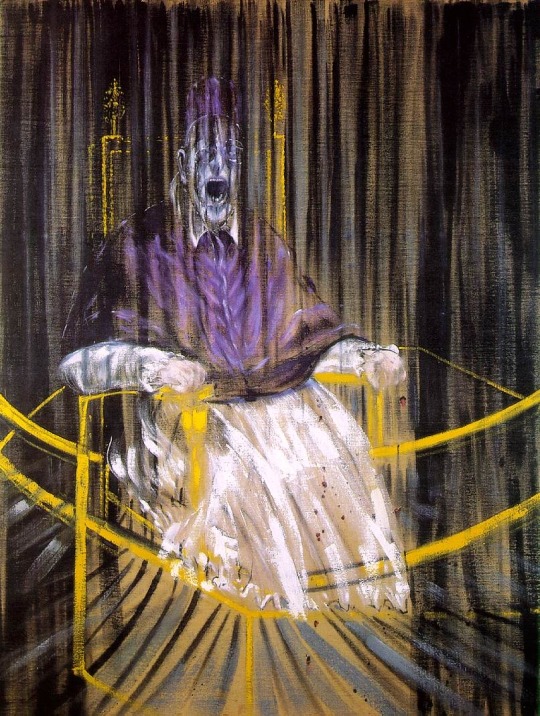
Diego Velázquez, Portrait of Pope Innocent X, 1650
Francis Bacon, Study After Velazquez's Portrait of Pope Innocent X, 1953
#diego velázquez#francis bacon#spanish painter#british painter#british art#british painting#modern art#art history#aesthetictumblr#screaming pope#tumblraesthetic#tumblrpic#tumblrpictures#tumblr art#tumblrstyle#aesthetic#artists on tumblr#tumblrposts#beauty
267 notes
·
View notes
Text

Francis Bacon - Study after Velázquez's Portrait of Pope Innocent X (1953)
74 notes
·
View notes
Text
interview with the vampire art history lesson part 2:
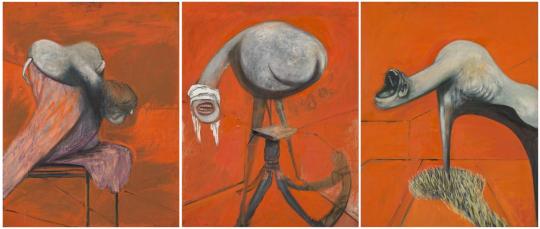
Three Studies for Figures at the Base of a Crucifixion, Francis Bacon, c. 1944. Held at the Tate Britain in London. Here is its catalog listing.
So! This is the painting that has been on the wall of Louis and Armand's apartment, and that Season 2 makes a point to emphasize that they're selling. Full disclosure, modern British art history is not my forte, but I have covered this in a British art history survey class, and this is arguably one of Bacon's most famous works, so there's a lot of literature you can find on this. Let's discuss!!!
Now, one claim that you can try to make here about the relationship of this painting with Armand specifically is that Armand is now connected to two 'Christian' artworks (see my post on The Adoration of the Shepherds with a Donor here): one that marks the beginning of Christ's (semi)mortal life, and one that marks the end of it, which is definitely interesting, but the thing is with this Three Studies piece is that Francis Bacon put a lot of emphasis on the fact that this is a crucifixion, not the Crucifixion. Francis Bacon was an atheist, however, a lot of his work does revolve around either critiquing or dealing with Christianity (this is not his only work to reference/allude to or show the Crucifixion, as well as his other very famous work, Study after Velázquez's Portrait of Pope Innocent X). It was a very nuanced, complex topic for him that is way beyond the scope of this post.
Interestingly, though, Bacon has made a point to say that "faith is a fantasy" [1]----which is definitely something interesting in relation to Armand...
What Three Studies is definitely associated with, though, is World War II and Greek tragedy.
The catalog entry from the Tate spends a while discussing the process of this painting, and how Bacon may have drawn from his various experiences during World War II (he was in the ARP during the London Blitz), as well as other works made around this time (namely, Figure Getting Out of a Car and Man in a Cap) referencing various Nazi imagery that Bacon had seen impacting his process for creating this triptych. Various scholars have cited Bacon as interested in the dynamics of power and violence, and the imagery of the triptych can be interpreted as either the perpetrator and/or the victim [2]. Bacon has also confirmed that this painting references the Eumenides (the Furies who are responsible for enacting revenge in Greek mythology) [3 + 4].
Now that we've covered the very basics of this work, let's discuss how this might relate to Louis and Armand. This work being present in the show has raised some interesting points for me, and some questions:
The show makes a point of emphasizing that they're selling this work. Since this work is so closely related to World War II, and Louis and Armand are currently trying to relay their experiences during World War II, is the selling of it symbolic of either 1) 'selling' their story to Daniel or 2) finally closing out that chapter in their lives?
It is interesting that in their apartment, there is only modern and post-modern artwork and architecture. I wonder how deeply this ties to Armand's trauma, since he himself was modeled (whitewashed as he was) in Late Renaissance/Mannerism artwork from the 1500s. How much of that experience drives his taste in art?
Bacon's juxtaposition and struggle with violence, power, and the dynamic of the perpetrator/victim is extremely interesting... the thoughts are still cooking about this one.
What do u guys think.... i've been microwaving this in my head all day along with the other painting!
Works Cited + Referenced:
[1] D. Farson, The Gilded Gutter Life of Francis Bacon, London, 1994, p. 134. [Taken from this JSTOR article, further cited below]
[2] Referencing the catalogue here, which cites: Ziva Amishai-Maissels, Depiction and Interpretation: The Influence of the Holocaust on the Visual Arts, Oxford, New York, Seoul and Tokyo 1993, pp.189-90, 225-6, 354.
[3] M[ichael] C[ompton], letter to Francis Bacon, 6 Jan. 1959, Tate Gallery cataloguing files.
[4] Francis Bacon, letter to Tate Gallery, [9 Jan. 1959], Tate Gallery cataloguing files.
[5] Arya, Rina. “The Primal Cry of Horror: The A-Theology of Francis Bacon.” Artibus et Historiae 32, no. 63 (2011): 275–83. http://www.jstor.org/stable/41479747.
45 notes
·
View notes
Text
SET TEN - ROUND ONE - MATCH THREE


“Study after Velázquez's Portrait of Pope Innocent X” (1953 - Francis Bacon) / "Untitled (He Plays Very Badly)" (2020 - David Shrigley)
STUDY AFTER VELÁQUEZ'S PORTRAIT OF POPE INNOCENT X: [no additional commentary] (submitted by both @gaysheep and anonymous)
UNTITLED (HE PLAYS VERY BADLY): It’s genuinely so hard to articulate what this piece means to me other than to say that I also find that my art keeps me from destroying things and I remember that very strongly when I look at this art. (@chaos-lioness)
(“Study after Velázquez's Portrait of Pope Innocent X” is an oil on canvas painting by Irish-born British artist Francis Bacon. It measures 153 x 118 cm (60 x 46.5 in) and is held by the Des Moines Art Center.
"Untitled (He Plays Very Badly)" is an ink drawing by British artist David Shrigley. It measures 29.7 x 42cm (11.7 x 16.5 in).
128 notes
·
View notes
Text






SUFFERING; DEPICTIONS BY FRANCIS BACON
1/ Painting, 1946 (1946)
This painting depicts a man under an umbrella. He is surrounded by carcasses of meat that suggest a theme of ritual sacrifice and the brutality in human existence. This composition reflects Bacon's interest in life's dark aspects.
2/ Study for a Portrait (1952)
It depicts a screaming, deformed face that is falling apart, which represents some form of psychological distress. The painting exemplifies Bacon's style of distorting the human form to express the anguish and uncertainty of the human condition.
3/ Three Studies for Figures at the Base of a Crucifixion (1944)
This triptych, inspired by Aeschylus's "Oresteia," depicts three contorted, screaming figures that evoke the emotional upheaval of post-war society. It launched Bacon's career and established his reputation for creating unsettling, visceral works.
4/ Study after Velázquez's Portrait of Pope Innocent X (1953)
The painting is more of an interpretation by Bacon of Velázquez's portrait of Pope Innocent X; it distorts the figure, creating unease and discomfort in the viewer. It tries to show how much Bacon could reinterpret the classics in his unique way.
5/ Figure with Meat (1954)
It is a depiction of a human figure seated and distorted in some strange way in between two pieces of beef, evoking themes of violence, mortality, and the grotesque. It reflects Bacon's fascination with the human body and its fragility
6/ Study for a Portrait of Van Gogh IV (1957)
It depicts a distorted, anguished figure in a landscape, inspired by the tortured self-portraits of Vincent van Gogh. The painting exemplifies Bacon's distinctive style of fragmented, visceral figures that convey the psychological turmoil of the human condition.
12 notes
·
View notes